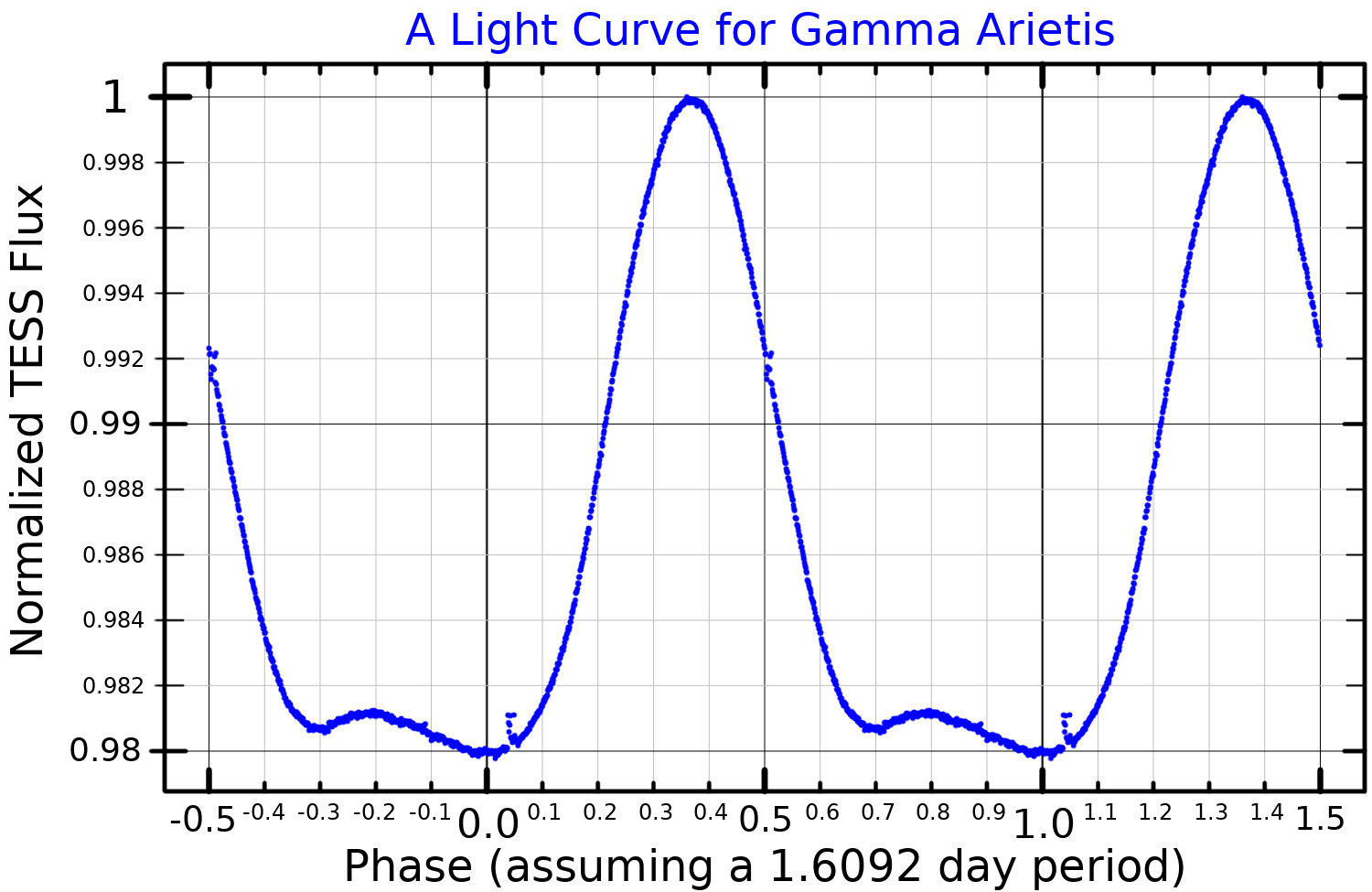|
Arietis
Aries is one of the constellations of the zodiac. It is located in the Northern celestial hemisphere between Pisces (constellation), Pisces to the west and Taurus (constellation), Taurus to the east. The name Aries is Latin for sheep, ram. Its old astronomical symbol is (♈︎). It is one of the 48 constellations described by the 2nd century astronomer Ptolemy, and remains one of the 88 modern constellations. It is a mid-sized constellation ranking 39th in overall size, with an area of 441 square degrees (1.1% of the celestial sphere). Aries has represented a ram since late Babylonian times. Before that, the stars of Aries formed a farmhand. Different cultures have incorporated the stars of Aries into different constellations including twin inspectors in China and a porpoise in the Marshall Islands. Aries is a relatively dim constellation, possessing only four bright stars: Hamal (Alpha Arietis, second magnitude), Sheratan (Beta Arietis, third magnitude), Mesarthim (Gamma Ar ... [...More Info...] [...Related Items...] OR: [Wikipedia] [Google] [Baidu] |
Mesarthim
Gamma Arietis (γ Arietis, abbreviated Gamma Ari, γ Ari) is a binary star (possibly trinary) in the northern constellation of Aries. The two components are designated γ1 Arietis or Gamma Arietis B and γ2 Arietis or Gamma Arietis A (formally named Mesarthim , the traditional name for the Gamma Arietis system). γ1 Arietis may itself be a spectroscopic binary with a low mass companion. The combined apparent visual magnitude of the stars is 3.86, which is readily visible to the naked eye and makes this the fourth-brightest member of Aries. Based upon parallax measurements obtained during the Hipparcos mission, the distance to Gamma Arietis from the Sun is approximately . Properties The double star nature of this system was discovered by Robert Hooke in 1664. The two components have an angular separation of 7.606 arcseconds, which can be resolved with a small telescope. The orbital period of the pair is greater than 5000 years. The brighter component, γ2 Ari ... [...More Info...] [...Related Items...] OR: [Wikipedia] [Google] [Baidu] |

